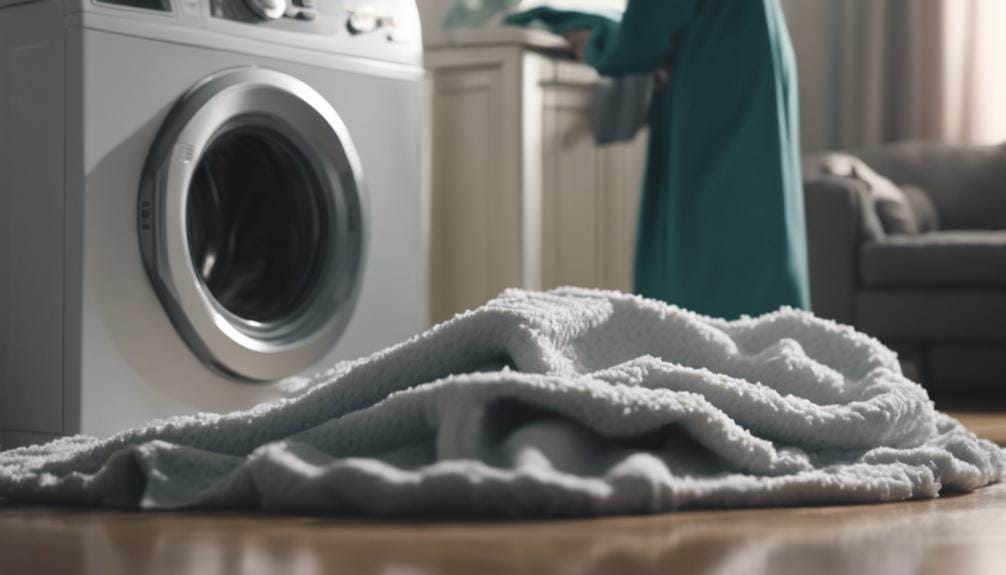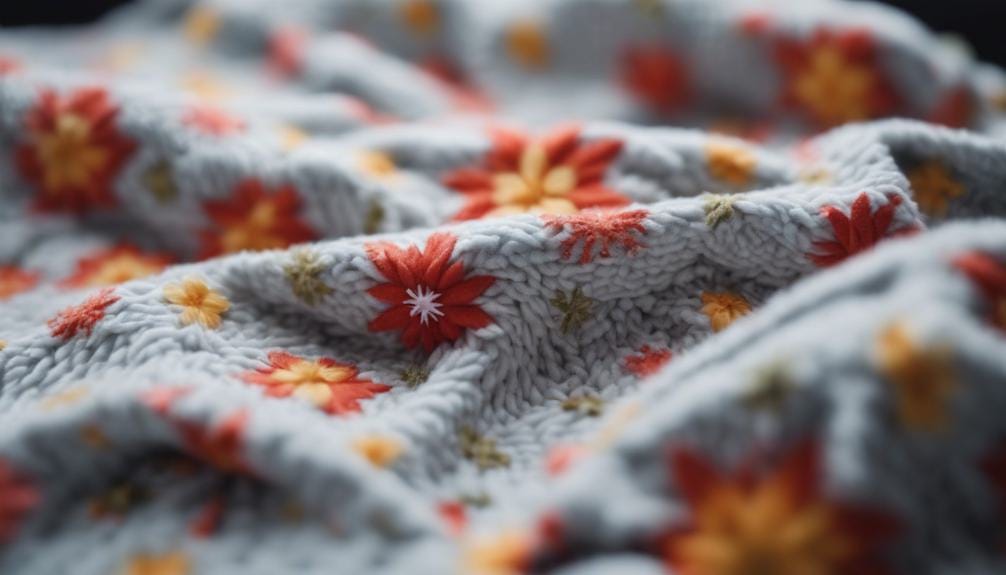Why Does My Blanket Have A Zipper? Exploring the History of the Zippered Blanket
Blankets with zippers have a zipper to make maintenance a breeze and give a stylish touch to your bedding. It’s all about convenience and keeping things looking neat. The zipper guarantees a snug fit and simplifies the task of keeping your blanket in good shape. Plus, it showcases the latest textile tech. Curious to discover more about the benefits?
Duvet Blanket Functionality
Duvet blankets with zippers are useful for those who prioritize easy bedding maintenance. The zipper feature simplifies the process of removing and washing the cover, helping to keep the bedding fresh.
These covers also bring a modern aesthetic to bedroom decor. Zippers are more efficient than traditional closures, such as buttons or ties, as they allow for quick and effortless changes of the cover or the insertion of a new blanket.
Convenience of Zipper Closure
Zipper closures on blankets provide significant convenience. They allow for easy maintenance and quick changes, making them more efficient than traditional closures such as buttons or ties.
Zippers ensure a tight fit, which simplifies the task of keeping the blanket in good condition and adjusting it as necessary. This feature is a practical update in blanket design, reflecting advancements in textile technology.
Maintenance and Washing Tips

To maintain and wash a blanket with a zipper, first turn it inside out.
Always adhere to the care instructions provided with the blanket.
Use a mild detergent and wash the blanket separately to prevent color bleeding.
After washing, either air dry the blanket or use a low heat setting in the tumble dryer to protect the zipper and fabric from damage.
Benefits of Insert Ties
Using insert ties to secure your duvet ensures it remains in place within the cover, eliminating any bunching or shifting.
- Insert ties keep the duvet properly aligned within its cover.
- These ties help maintain the duvet’s neat and orderly appearance.
- The ties are designed for ease of use, making daily handling simpler.
Versatility in Seasonal Use

Using duvet ties to secure your bedding can be effective, but blankets with zippers provide a clear advantage for seasonal versatility. Zippers allow you to easily adjust your bedding to match the temperature, which is particularly useful as seasons change.
This feature makes zippered blankets a practical choice for year-round comfort. By simply zipping or unzipping, you can quickly adapt your sleeping environment to be cooler or warmer, depending on your needs. This adaptability makes zippered blankets a sound investment for both convenience and comfort in any season.
Longevity and Protection of Duvet
To maintain the quality and cleanliness of your duvet over time, consider these practical steps:
- Use a zippered duvet cover to shield your duvet from dust, stains, and spills. This cover acts as a barrier that extends the lifespan of your duvet.
- Zippered covers aren’t only protective but also easy to use, ensuring a snug fit which contributes to both durability and a contemporary appearance.
- The zipper feature simplifies the process of removing the cover, facilitating regular washing and care, which is crucial for keeping the duvet in optimal condition.
Frequently Asked Questions
Why Is There a Zipper in My Blanket?
We have zippers in blankets for easy maintenance, customization, and adjustability. They allow for effortless cover changes, adding or removing filling, and even reversible options. Zippers offer convenience for styling, personalization, and washing.
Why Is There a Zipper on My Duvet Cover?
We have zippers on our duvet covers for practicality and style. They keep the duvet secure, prevent shifting, and make washing easier. Zippers offer a modern closure option that is both durable and convenient.
Why Does My Bed Sheet Have a Zipper?
We love bed sheets with zippers for their convenience. Zippers keep sheets secure on the mattress, offering a wrinkle-free fit. They simplify bed-making, especially for adjustable mattresses. Zippers on sheets guarantee a snug, tailored feel for a comfortable night’s sleep.
What Is Blanket Pilling?
Blanket pilling is the formation of fuzzy balls on the fabric due to wear and washing. It makes blankets look worn out and affects softness. Quality materials like cotton or polyester blends reduce pilling. Regular maintenance helps prevent it.
Conclusion
A blanket with a zipper is practical for several reasons. The zipper allows for easy insertion and removal of a duvet, and the ties inside secure the duvet in place.
Changing duvet covers according to the season can extend the blanket’s lifespan and minimize wear.
The zipper adds convenience and functionality to your blanket.
